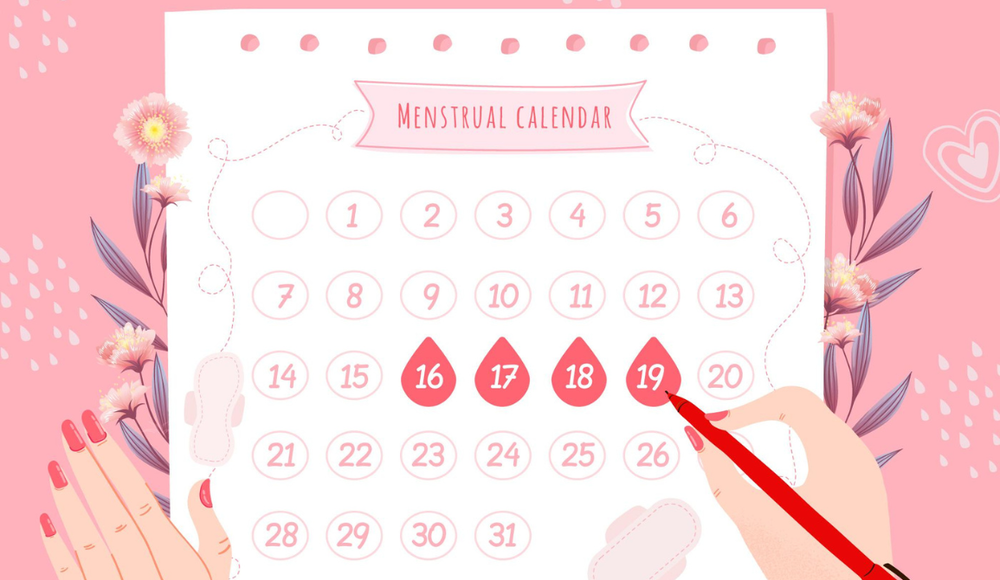
A Girl's Guide to Her First Period (For Schools or Mothers)
27/07/2025
Understanding Menstruation
Menstruation, often referred to as a "period," is a natural biological process that occurs in most girls and women, typically between the ages of 12 and 50. It marks the monthly shedding of the uterine lining when a female’s body is not pregnant. Understanding this process is essential for a number of reasons:
Health Awareness: Knowing what to expect can help alleviate fears or misconceptions.
Body Autonomy: Familiarity with menstruation empowers you to take charge of your health.
Why Educating Girls is Important
Teaching girls about menstruation equips them with necessary knowledge for managing their periods confidently. When girls receive comprehensive education on menstruation, they can:
Prevent Misunderstanding: Knowledge reduces stigma and embarrassment.
Foster Open Communication: Girls are more likely to discuss their experiences with peers and family.
Encourage Self-Care: Understanding the importance of hygiene and self-care helps in overall well-being.
Educating girls about menstruation is not just about the physical aspect; it’s an essential step towards building confidence and ensuring they feel empowered as they experience this natural process.
Read More: Common myths about menstruation...and the truth
Menstrual Cycle Basics
What is Menstruation?
Menstruation, commonly known as a period, is a monthly process where your body sheds the uterine lining. This occurs if there is no pregnancy. Typically lasting between 3 to 7 days, menstruation can vary in flow and duration.
Understanding it helps demystify this experience. For many, it’s:
A Monthly Cycle: Typically begins between ages 12 and 15.
Normal Discomfort: Some may experience cramps or bloating.
Embracing this aspect of womanhood is crucial for self-acceptance.
Understanding the Menstrual Cycle Phases
The menstrual cycle consists of four main phases, each playing a vital role in your reproductive health. These phases are:
Menstrual Phase: Shedding of the uterine lining.
Follicular Phase: Hormones stimulate the growth of ovarian follicles.
Ovulation Phase: A mature egg is released, ready for potential fertilization.
Luteal Phase: If fertilization doesn’t occur, hormone levels drop, leading to menstruation.
Each phase lasts approximately 28 days but can vary for everyone. Recognizing these phases can help you track your cycle and understand your body better. It’s all part of the natural rhythm of life!
Signs of First Period
Recognizing Pre-Menstrual Symptoms
As you approach your first period, your body may give you some hints. These pre-menstrual symptoms can occur a few days or even weeks before menstruation begins. Pay attention to your body’s signals, which can include:
Bloating: Feeling fuller or swollen in the belly.
Mood Swings: Experiencing a mix of emotions, like irritability or sadness.
Cramps: Mild pains in your lower abdomen or back.
These signs can feel new and sometimes confusing, but don't worry; they are completely normal. Embracing these changes is part of growing up!
Understanding Menstrual Discharge
Before your first period, you may also notice changes in vaginal discharge. This discharge is a sign that your body is preparing for menstruation. Here’s what to look for:
Color Changes: Discharge may appear clear, white, or slightly yellow.
Texture Differences: It might be sticky, creamy, or watery.
Being aware of these shifts will help you better understand your body’s rhythm. It's an exciting part of your journey toward womanhood!